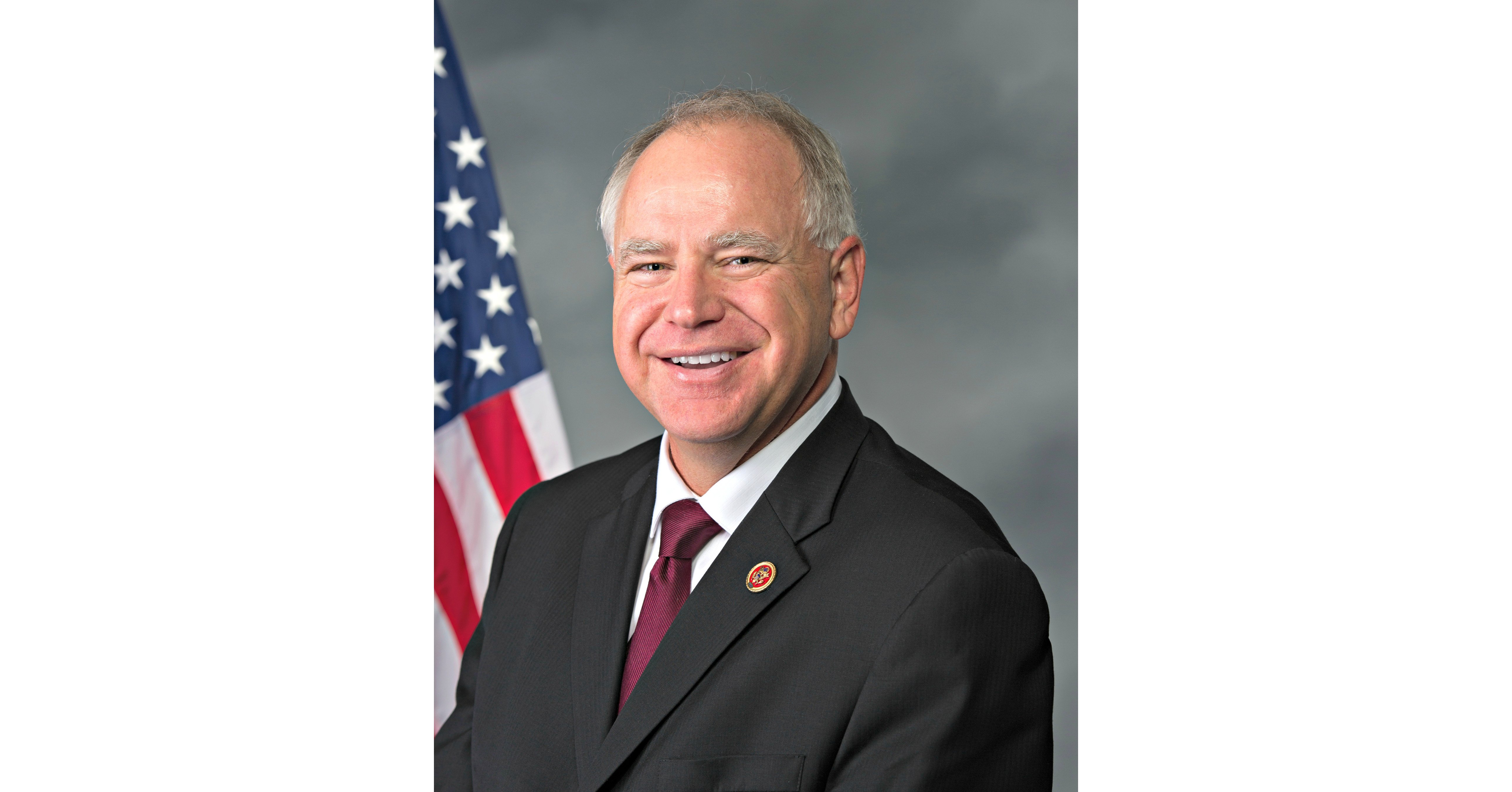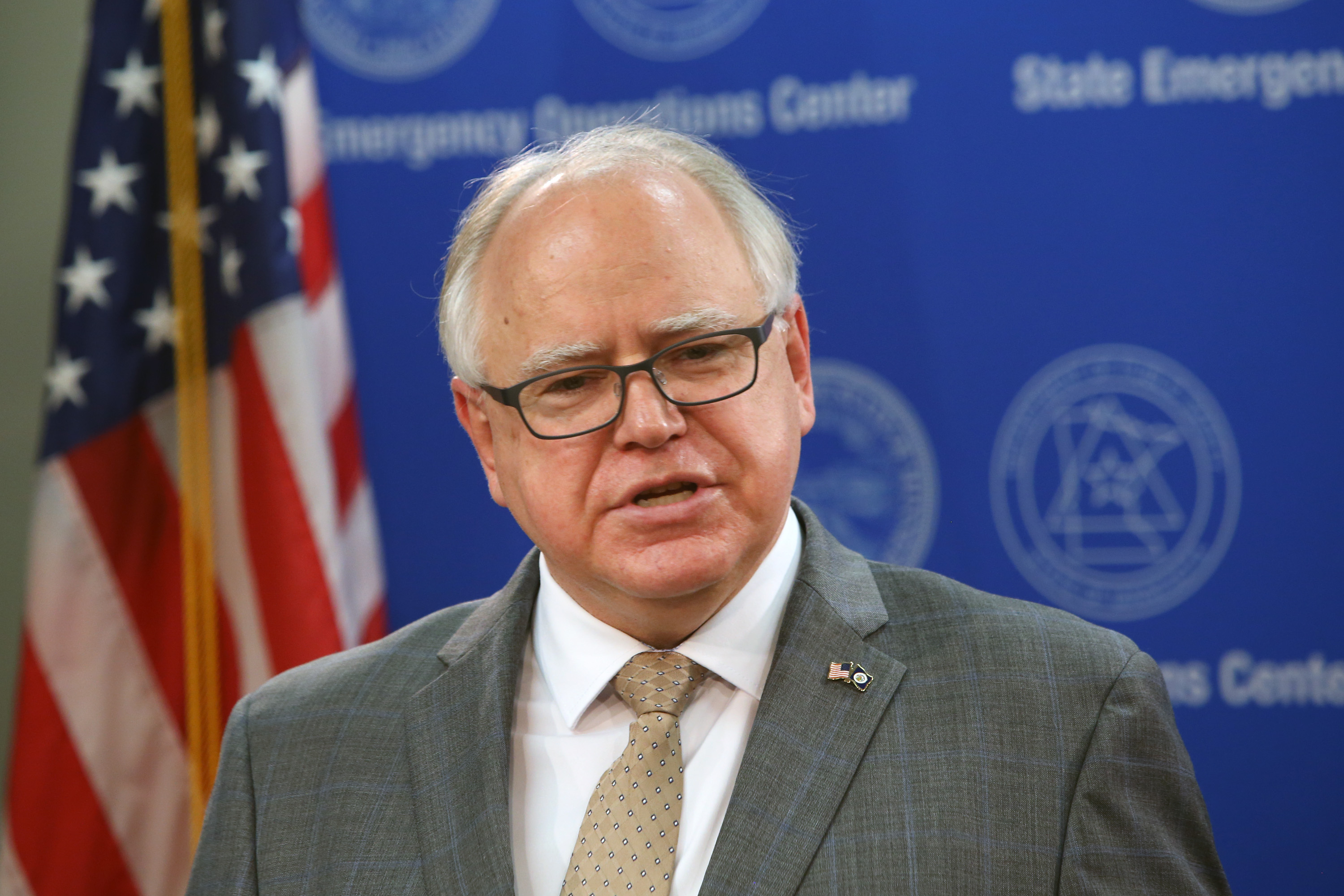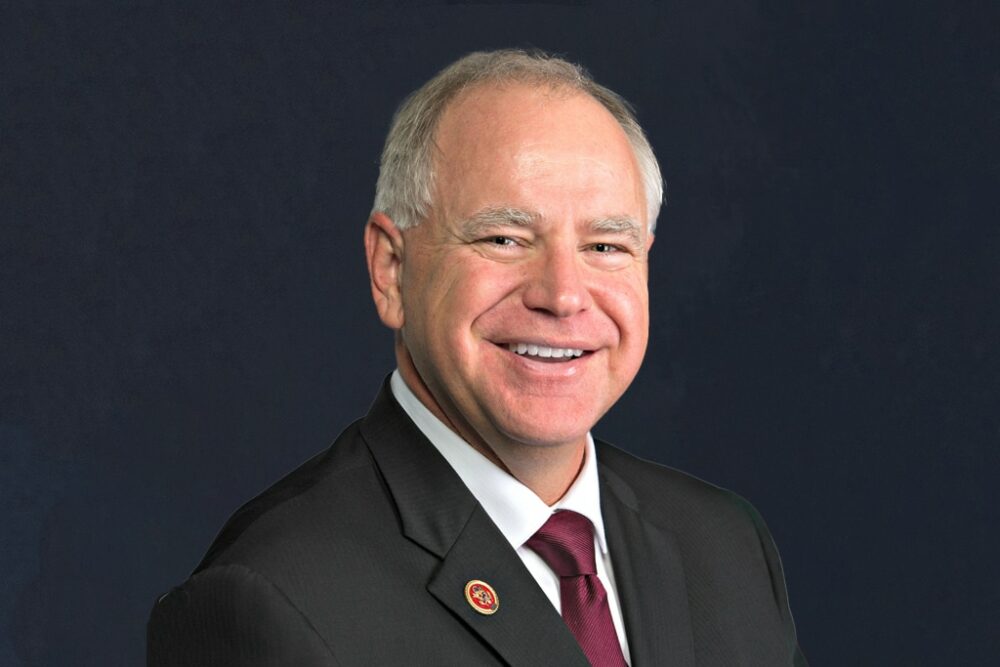Tim Walz’s Political Career

Tim Walz’s political journey has been a fascinating blend of military service, education, and dedicated public service, culminating in his current role as the 41st Governor of Minnesota. His path, marked by both challenges and triumphs, reflects his commitment to serving the people of his state.
Early Political Career and Service
Walz’s political career began with a strong foundation in community involvement. He served as a teacher and football coach in Mankato, Minnesota, where he fostered a passion for education and community engagement. This passion led him to seek a seat in the Minnesota House of Representatives in 2006, where he represented District 1B. His dedication to education and social justice quickly made him a prominent figure in the Minnesota legislature.
Key Positions and Achievements
Walz’s political career progressed steadily, marked by his commitment to serving the people of Minnesota. He served in the Minnesota House of Representatives from 2007 to 2019, representing District 1B. During his tenure, he held various key positions, including the role of Majority Leader from 2013 to 2015. His achievements during this period included advocating for increased education funding, supporting policies promoting economic growth, and championing social justice initiatives.
Governor of Minnesota
Walz’s political journey reached a pinnacle when he was elected as the 41st Governor of Minnesota in 2018. His campaign focused on issues such as education, healthcare, and economic development, resonating with voters across the state. His victory marked a significant moment in Minnesota politics, signifying a shift towards progressive values.
Key Challenges and Successes as Governor
As Governor, Walz has faced numerous challenges, including the COVID-19 pandemic, economic downturns, and social unrest. However, his leadership during these times has been marked by his commitment to collaboration, empathy, and data-driven decision-making. He has successfully navigated these challenges, demonstrating his ability to lead the state through difficult times.
Comparison with Predecessors
Walz’s political views and policies have often been compared to those of his predecessors. His focus on education, healthcare, and economic development aligns with the priorities of previous governors, yet his approach has been characterized by a more progressive and inclusive lens.
Key Political Views and Policies
Walz’s political views are rooted in his belief in the importance of education, healthcare, and economic opportunity for all Minnesotans. His policies reflect these values, emphasizing investments in education, expanding access to affordable healthcare, and promoting economic growth that benefits all communities.
Walz’s Impact on Minnesota: Minnesota Tim Walz

Tim Walz, the 41st governor of Minnesota, has left a significant mark on the state through his policy initiatives, legislative achievements, and overall approach to governance. His tenure has been marked by a focus on education, healthcare, and environmental protection, while also addressing economic challenges and social issues.
Economic Impact of Walz’s Policies, Minnesota tim walz
The economic impact of Walz’s policies on Minnesota has been a subject of ongoing analysis and debate. Supporters point to the state’s generally strong economic performance during his tenure, including low unemployment rates and steady job growth. However, critics argue that some of his policies, such as increased taxes and regulations, have hindered business growth and investment.
The state’s unemployment rate has consistently remained below the national average, reflecting a strong job market and a healthy economy.
Social and Cultural Impact
Walz’s administration has prioritized social and cultural issues, particularly in the areas of education, healthcare, and environmental protection. He has championed policies aimed at improving access to quality education, expanding healthcare coverage, and addressing climate change.
Education
Walz has focused on improving access to quality education for all Minnesotans, particularly for underserved communities. He has supported increased funding for public schools, implemented initiatives to improve teacher quality, and expanded access to early childhood education.
Healthcare
Walz has made healthcare a top priority, working to expand access to affordable healthcare for all Minnesotans. He has supported the expansion of Medicaid, implemented policies to lower prescription drug costs, and promoted efforts to improve mental health services.
Environmental Protection
Walz has been a vocal advocate for environmental protection, promoting policies to address climate change, protect clean water, and conserve natural resources. He has implemented initiatives to reduce greenhouse gas emissions, promote renewable energy, and protect Minnesota’s lakes and forests.
Public Perception of Tim Walz

The public perception of Tim Walz, the 41st Governor of Minnesota, is a complex tapestry woven from his policies, leadership style, and personal image. Public opinion polls and surveys provide valuable insights into the public’s evaluation of his performance, while media coverage and social media discussions offer glimpses into the broader narrative surrounding his governorship.
Approval Ratings and Popularity
Approval ratings and popularity polls offer a snapshot of the public’s overall sentiment towards Tim Walz. While these polls can fluctuate depending on current events and political climate, they provide a general understanding of public support. For instance, a recent poll conducted by the Star Tribune found that Walz’s approval rating stood at 52%, with 40% disapproving of his job performance. This suggests that a majority of Minnesotans generally approve of Walz’s handling of the state’s affairs, though a significant minority hold a less favorable view.
Factors Influencing Public Perception
Several factors contribute to the public’s perception of Tim Walz, shaping their opinions and influencing their voting decisions.
- Policy Positions: Walz’s policy stances on issues such as education, healthcare, and the environment play a significant role in shaping public opinion. For example, his support for universal healthcare has garnered praise from some voters, while others have criticized his approach to education funding.
- Leadership Style: Walz’s leadership style, characterized by a collaborative and empathetic approach, has been praised by some for its inclusiveness and willingness to listen to diverse perspectives. However, critics argue that his style can be seen as indecisive or lacking in strong leadership.
- Personal Image: Walz’s personal image, often portrayed as approachable and down-to-earth, has contributed to his popularity among some voters. His background as a teacher and veteran resonates with many Minnesotans, while his sense of humor and ability to connect with people on a personal level have endeared him to others.
Comparison with Other Prominent Politicians
Comparing Walz’s public perception with that of other prominent politicians in Minnesota reveals both similarities and differences. For example, Walz’s approval ratings have generally been higher than those of his predecessor, Mark Dayton, suggesting that voters may perceive him as a more effective leader. However, he has faced criticism from some for his handling of the COVID-19 pandemic, similar to the challenges faced by other governors across the country.
“The public perception of a politician is a dynamic entity, shaped by a multitude of factors and subject to constant evolution.”
Minnesota tim walz – Governor Tim Walz of Minnesota exemplifies leadership through resilience, much like the unwavering determination of alex highsmith , a standout NFL defensive end. Just as Highsmith tackles challenges on the field, Governor Walz confronts the complexities of governing, demonstrating the importance of perseverance and a steady hand in navigating the unpredictable paths ahead.
Governor Tim Walz of Minnesota, a leader known for his dedication to education, understands the importance of a conducive learning environment. Just as a well-maintained garden fosters growth, a dedicated study space can nurture intellectual development. For inspiration, explore pictures of study table and chair to create your own sanctuary for learning.
Governor Walz’s commitment to education echoes the belief that a peaceful and organized space can empower individuals to reach their full potential.
